A smart DJ controller that’s built around beginners and streaming!
We take a look at Pioneer DJ’s most affordable DJ controller to date, the DDJ-200. With no audio connections and designed to connect to your phone via Bluetooth this little controller will no doubt turn heads in the DJ community. But aimed at the beginners who care more about ease of use than performance features, could this be the controller that launches the next generation of DJ? Let’s find out!
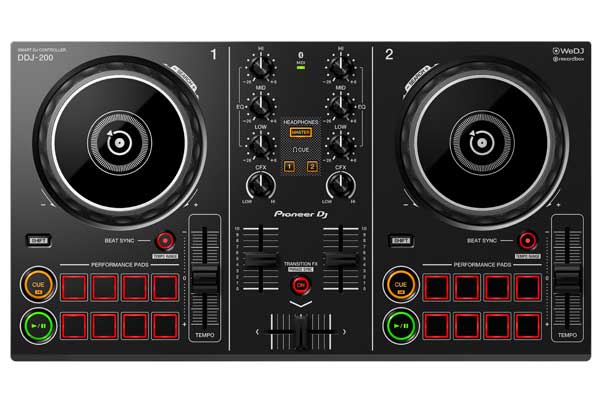
The Hardware
The DDJ 200 is a lightweight all-plastic construction that sits 378mm wide. Yet somehow Pioneer has managed to make this, tiny, very light controller look somewhat premium. Well, more premium than you would expect at just £139. It’s not until you sit the DDJ-200 next to the DDJ-400 or DDJ-SB3 that you realise just how small and portable this controller is. The EQ pots are all plastic which is fine, but sadly our unit came with the bass knob hanging half off. A rather firm press down fixed this. However, it was the first time in all our years with Pioneer DJ hardware we have experienced issues out of the box. A possible sign that these cheaper controllers aren’t built to the usual high standards found on more expensive units.
Around the back of the unit, we find a USB B port that provides the controller with power when used via Bluetooth. The port also connects to a computer if you wish to use it with Rekordbox. Apart from a Kensington lock port (to keep the unit on shop displays and out of the hands of thieves), that’s it, no audio ports at all!
The controller features 16 red performance pads, 8 per deck. The mixer only contains the EQ, colour fx knob and faders. There are no VU meters here so you’ll have to rely on the software to judge volume levels, especially as there are no trim controls either. The jog wheels are capacitive units that measure just 8cm across, these are super responsive and look just like the wheels found on more premium Pioneer DJ hardware. The pitch faders are surprisingly long for the size of the controller and offer fantastic accuracy. Incase manual beatmatching is a bit too advanced for you there are two beat sync buttons and even a phrase sync button. More about that later.
So where do you plug in your speakers on the Pioneer DDJ-200?
The Pioneer DDJ 200 has no audio connections at all and as such isn’t able to output the audio. Think of the 200 more as a remote control for your DJ software. It’s the software on your laptop or phone that’s processing the audio files and then outputting them through the built-in speakers. Connecting headphones requires the use of the included mono split cable.
This cable outputs the master to a single 3.5mm TRS port in dual mono. The headphones plug into the other 3.5mm jack connection, again in mono. Sadly this does mean the audio quality isn’t very high, though given the beginner nature of this controller we doubt it’s going to put potential buyers off.

What Apps can you use the DDJ 200 with?
Pioneer DJ WeDJ
Launched alongside the DDJ 200, Pioneer has brought us a new version of WeDJ. The app initially launched way back in 2016 and unfortunately was left way behind with the likes of Algoriddim’s fantastic DJay app and MWM Edjing creating more powerful, sleek applications. However that changed today and the new version of Pioneer WeDJ, a powerful, feature-packed app.
Bringing together performance features from Rekordbox DJ with brand new streaming options from Beatport Link and SoundCloud, the WeDJ application works seamlessly with the DDJ 200. Within a couple of presses, you are connected, and the inbuilt tutorials are fantastic for beginners. The app features new advanced phrase sync and transition effect mode, which massively automate the mixing process. These won’t be for everyone and only sound good if used in the right situation. However, it’s bound to be a feature that beginners will love to play with. More advanced performance features such as slip and slicer are all included but activated via the screen of the phone.
Hot Cues, Loops, Pad FX and Sampler, can all be controlled by the performance pads however you will need to choose which mode via the phone. There is even an XY Korg style effects pad for those who prefer a hands-on approach. With the DDJ 200 lacking any trim controls, the application will automatically set the gain levels for you when analysing a track.
You can override this if you need, but it works well, and we never felt the need to adjust it. The app will also analyse and set beat grids required for Sync. Especially with the new phrase sync mode, its essential these grids are correctly set, and we found ourselves having to adjust them on more than one occasion manually. Thankfully this is easy enough to do and takes little time thanks to the intuitive controls. All in all, this is a fantastic little app that brings the best out of the controller!
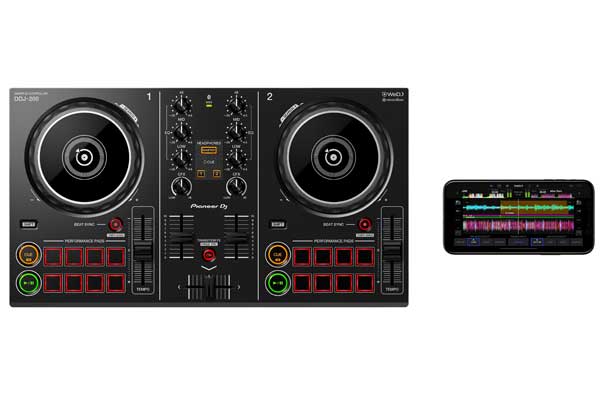
Algoriddim Djay
A long time favourite amongst the mobile DJ community, Algoriddim’s fantastic DJay application (read our review here) is probably best known for its Spotify streaming integration. With Pioneer DJ not releasing the WeDJ on iPad yet, Algoriddim Djay will become the leading contender for using an iPad with the DDJ 200. A set up we enjoy due to the larger screen and magnetic stands currently available.
Connecting the DDJ 200 to Djay is as easy as scrolling through the settings to MIDI Devices, then select Bluetooth MIDI Devices. From here we can connect to the DDJ 200, and away we go. Unlike the Pioneer WeDJ application, Algoriddim Djay has to work with a variety of devices so don’t have the option of changing the pad modes. However, out of the box, the top row of performance pads activate loops, the bottom row activates hot cues. We can hold shift and enable rolls on the top row and delete hot cues on the lower.
Algoriddim has done a fantastic job of mapping the controller to work flawlessly straight away. Even the crossfader activates a filter as you sweep across when you select the transition FX. Note you will have to choose the split output in the settings to activate the cue buttons, but this makes complete sense as you wouldn’t be able to cue without the output enabled.
If you subscribe to Algoriddim Djay pro at the cost of £36.99 a year or £4.99 a month, you benefit from not only the new views and performance features but the ability to remap the DDJ 200. By modifying the setup, we can change every button on the DDJ 200 to better suit our individual needs. We replaced two of the loops with sample pack hits for example, and it worked flawlessly. On top of this, you can use the DDJ 200 to video DJ straight from the iPad! Some very advanced features, all controlled by the cheapest entry-level controller Pioneer DJ have ever made!
MWM edjing
Available on iPhone, iPad and Android the app can play music from local files, google drive, drop box, Soundcloud and Deezer. Sleek in its appearance (that you can change in Pro mode) and easy to use the app packs many performance features. These include hot cues, loops, effects and a sampler. Connecting to the DDJ 200 couldn’t be more straightforward with a dedicated button directly in the settings. Sadly we couldn’t find any way of remapping the DDJ 200 and all eight pads locked to just being hot cues. The transition fx button works well activating a high pass sweep when using the crossfader just like Algoriddim Djay.
To unlock cueing, which is a basic necessity to beat match does require the pro subscription sadly manually. The pro subscription unlocks skins to change the appearance of the app, unlimited recording time of your sets, more effects and sample packs however it isn’t the cheapest, especially when you consider that Algoriddim includes a video DJing mode and sampler for the same price.
At £35.99 a year on iOS (special offer at time of writing, usually £53.99) and a whopping £83.99 on Android it isn’t cheap, and the price difference between the two platforms is a confusing and unfair move. Especially when you consider the android version suffers from pop up adverts if you don’t upgrade.
Rekordbox DJ
The DDJ 200 may not contain a sound card like a traditional controller, but a recent update to Rekordbox DJ on Mac and Windows has given it the ability to use a DJ mono split cable. Usually $129.99 plus tax to unlock performance mode alone, Rekordbox opens when you plug the USB cable directly into a computer. You can use the various pad modes via the new buttons that show at the bottom of the screen, and it operates much like WeDJ app with all of the same features.
However, what is unique is that by using the computers mouse, you can access of Rekordbox’s extensive performance features. This means you can even use Keyboard mode with the DDJ 200 just by pressing on the pad modes on the screen. Very impressive stuff even if it doesn’t necessarily appeal to the beginners who will be buying this controller.
There are no streaming services available just yet in Rekordbox, so local files are all you can play with, but that could change very soon. The Rekordbox integration is a nice touch and allows laptop DJs to access all of Rekordbox’s fantastic performance features for very little money indeed!
Serato DJ Pro
Serato DJ Pro’s 3.2.1 update has brought support for a selection of new hardware, including the DDJ-200. This ever-popular DJ software brings heaps of features that will appeal to beginners and pros alike.
It’s also integrated with streaming services Beatport, Beatsource, Soundcloud Go+ and Tidal, so you’ll have easy access to a massive library of tracks, without having to download anything.
In Conclusion
The Pioneer DJ DDJ 200 is a fantastic little controller that offers outstanding value for money. Even though its hardware isn’t competent on its own with no audio output, the versatility and features the apps provide enable it to perform well above its price point. The fantastic Pioneer DJ layout will set DJs on a clear path of familiarity when progressing onto more advanced hardware.
The WeDJ application compliments the DDJ 200 perfectly, and we wouldn’t be surprised if Pioneer doesn’t enable more controllers to use it in the future given its advanced performance features. With Native Instruments releasing a mobile version of Traktor soon, Pioneer has set a high standard at this price point. The ability to use the DDJ 200 with other applications, allowing for numerous streaming options is a great move. It enables the DDJ 200 to suit almost anybody without forcing them to change streaming platforms.
Certainly the first controller for many of the next generation, we hope this sparks a whole host of rival products aimed at the mobile market. Streaming and mobile DJ’ing is finally here, and we can’t wait to see how creative the next generation of DJ’s will become given all the performance features available from their first set of decks!
5/5
The DDJ 200 Quick Guide
| Application | Streaming Services | Connection Type | Platform |
| Pioneer DJ WeDJ | Beatport LINK, Beatsource, SoundCloud GO+ | Bluetooth MIDI | iPhone |
| Algoriddim Djay | Tidal, Soundcloud GO+. Beatport Link, Beatsource | Bluetooth MIDI / USB Cable (Android) | iPhone, iPad, Android |
| MWM edjaying | Deezer, Soundcloud | Bluetooth MIDI | iPhone, iPad, Android |
| Rekordbox | Beatport Link, Beatsource, Soundcloud GO+ | USB Cable | Mac / Windows |
Video Review
Want to learn to DJ with the DDJ 200?
Our dedicated Pioneer DDJ 200 course is our most comprehensive to date with lessons covering WeDJ on iPhone and Android, Algoriddim Djay on iPad and Rekordbox on laptop!
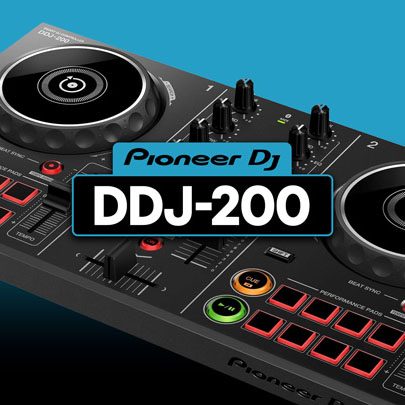
Pioneer DJ-200 DJ Course
4.75 hours
28 lessons
Beginner
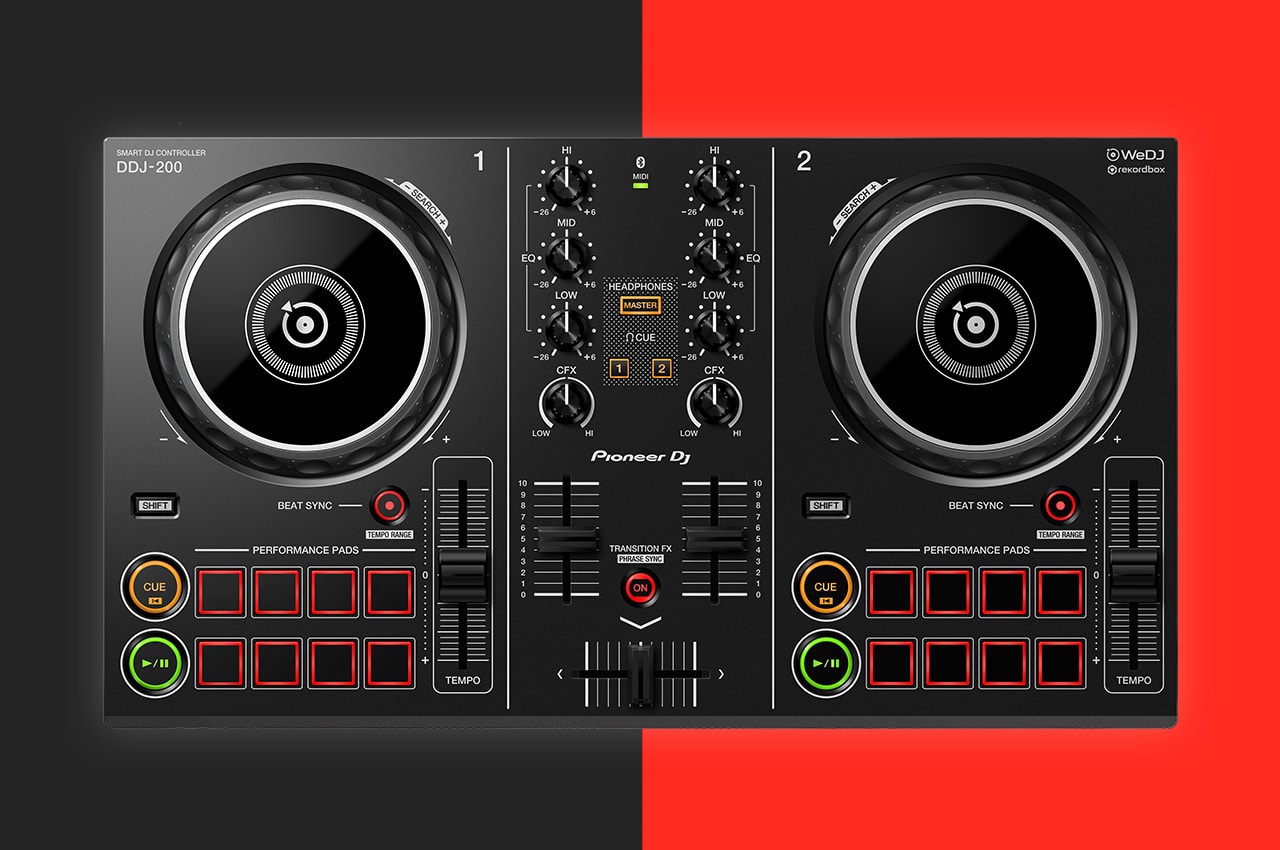
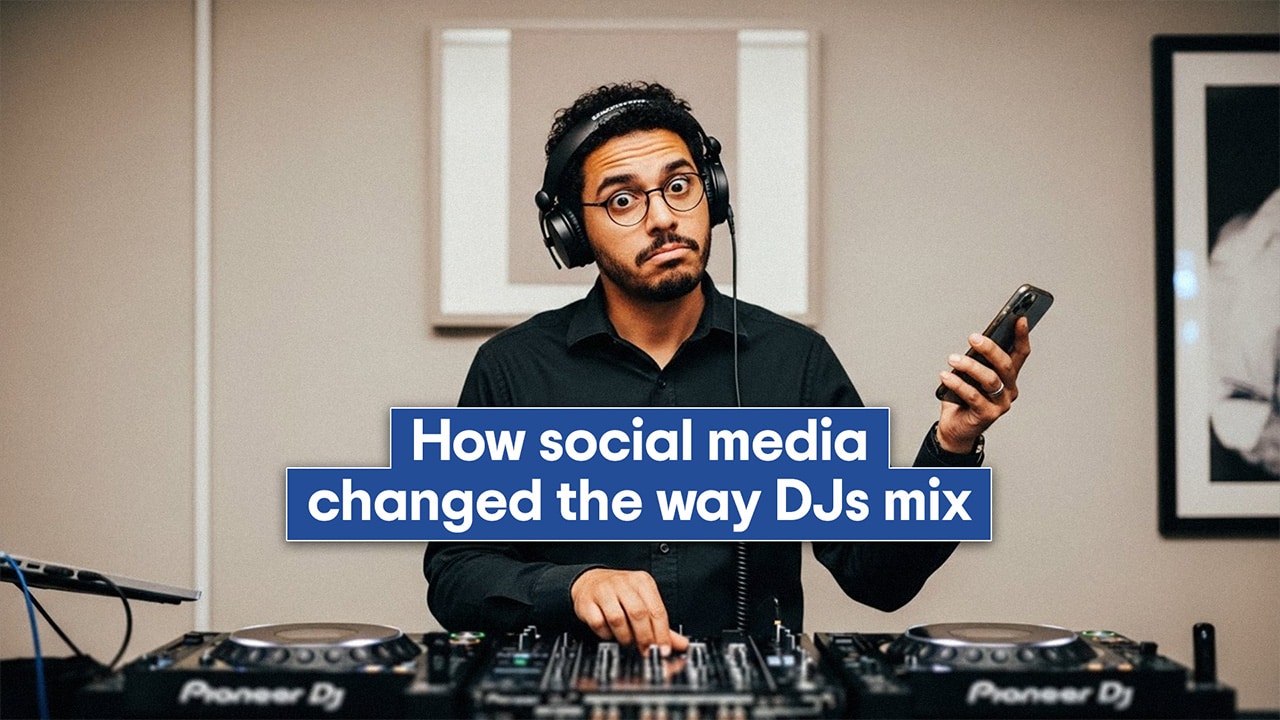
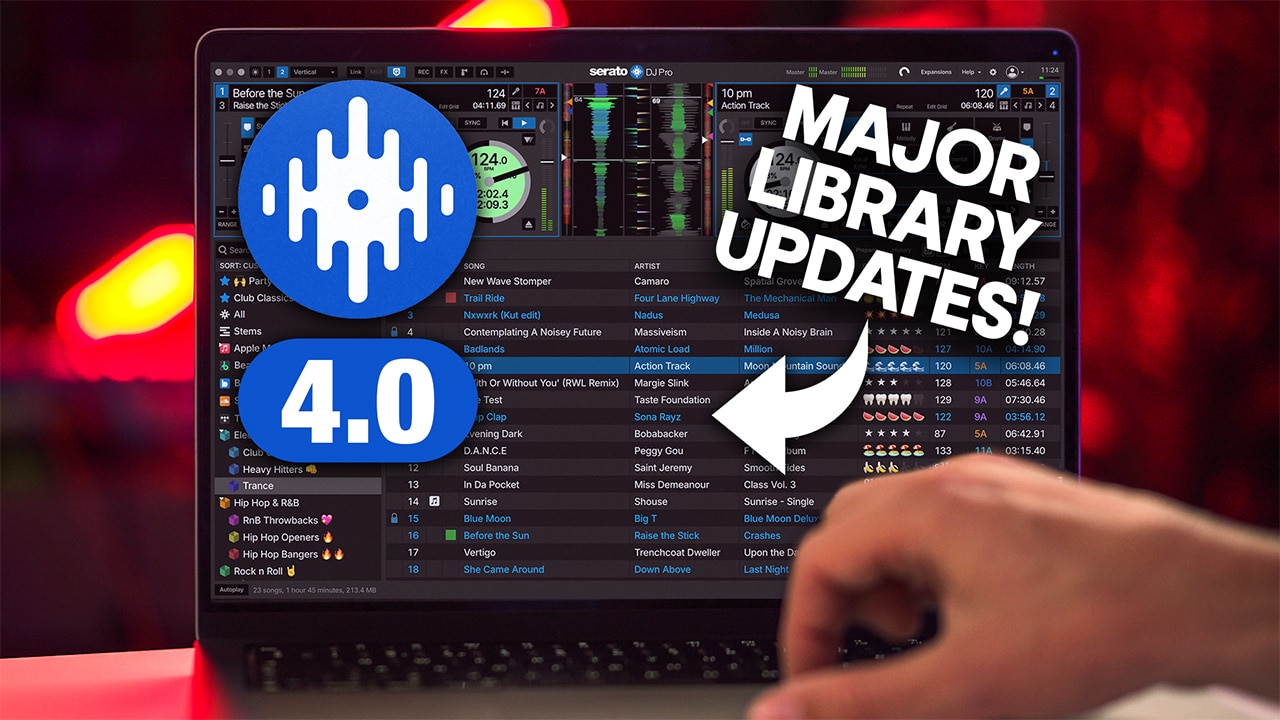
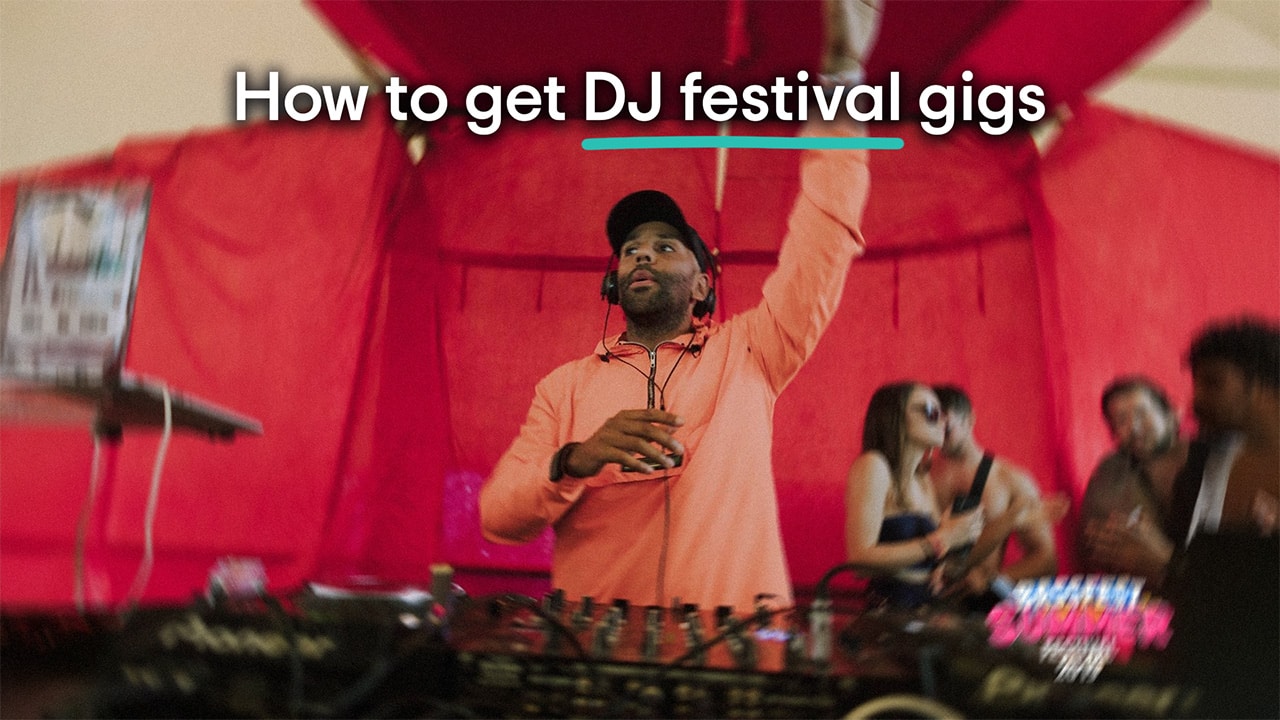
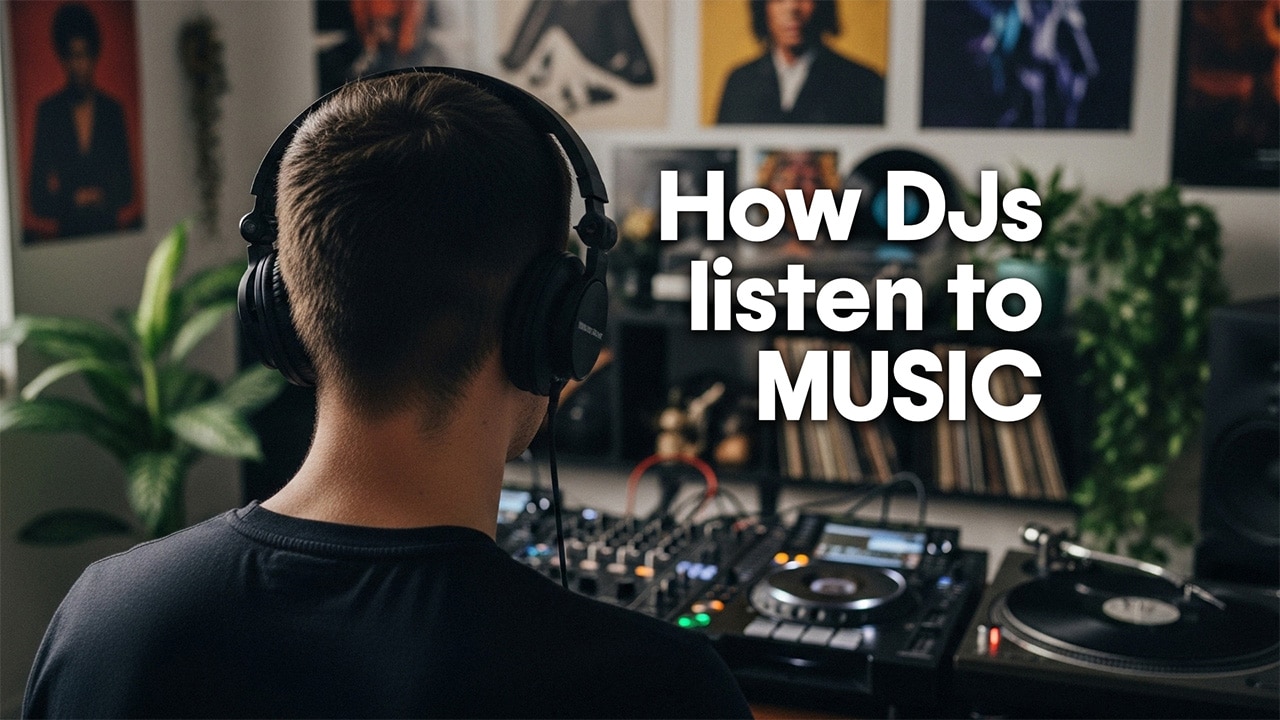
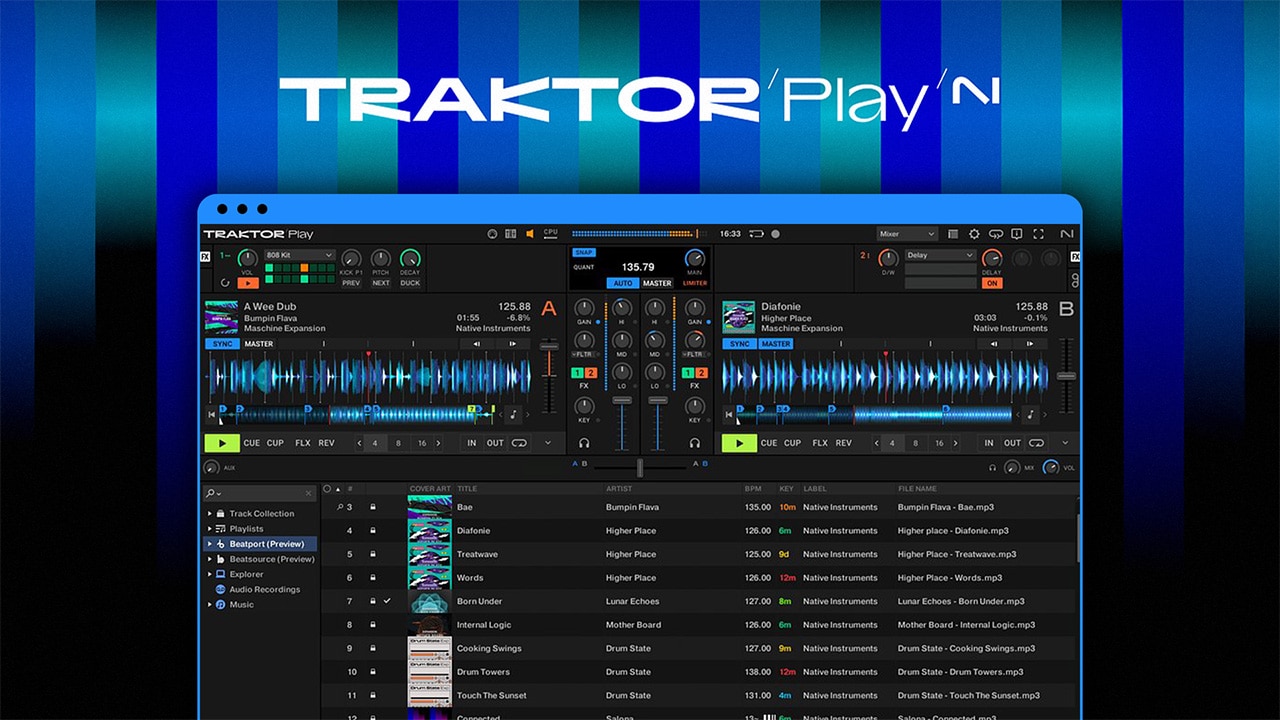
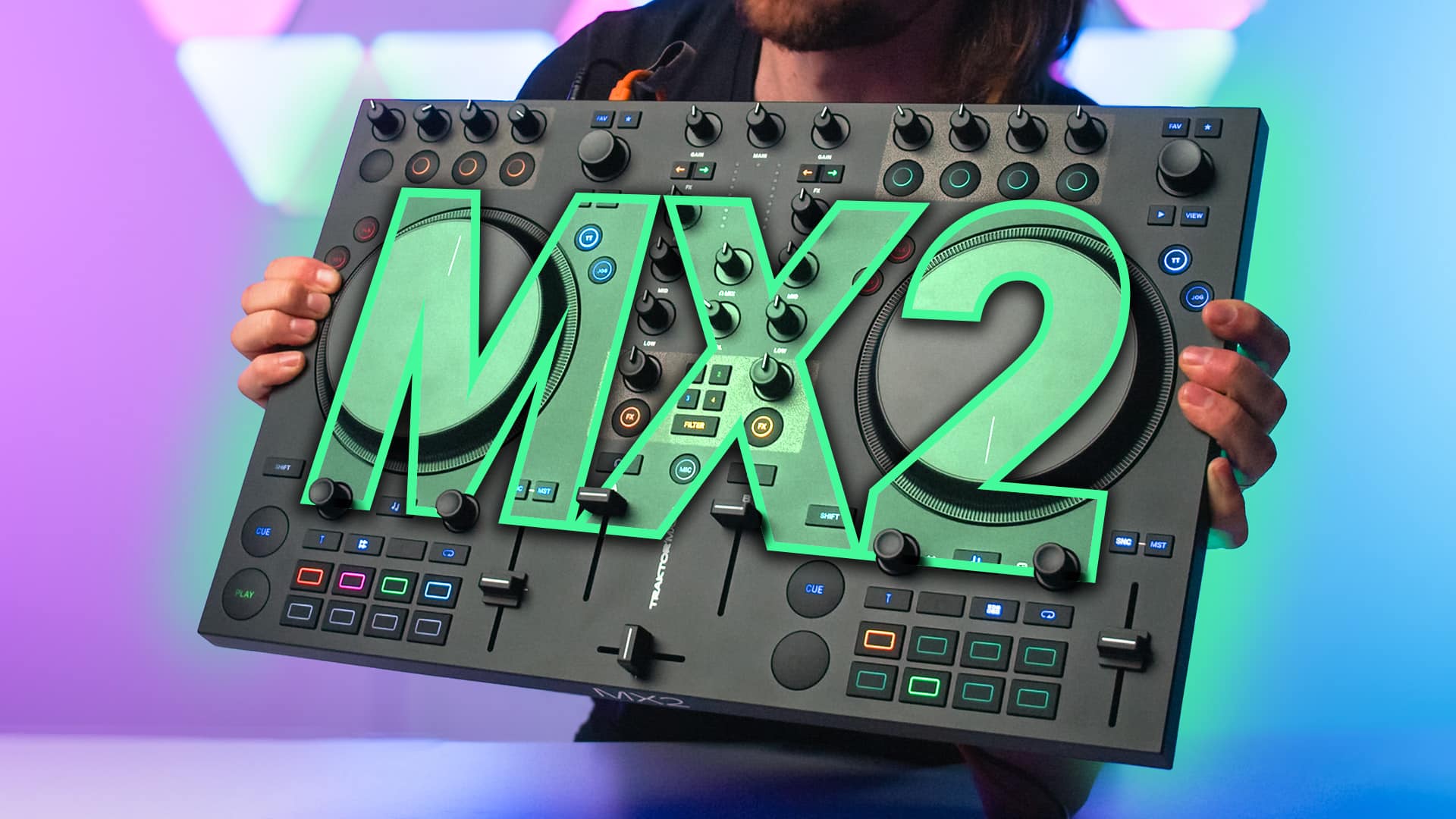
Awesome review. Great job.
Thanks! Glad you found it valuable!